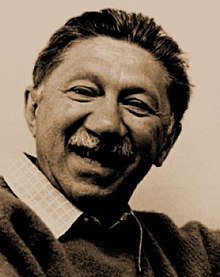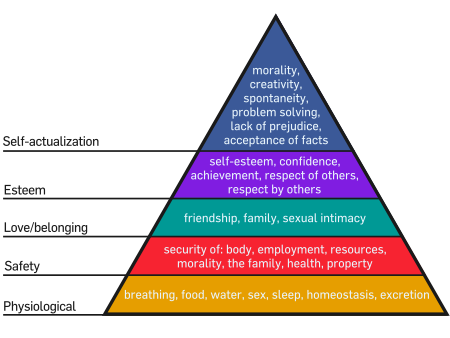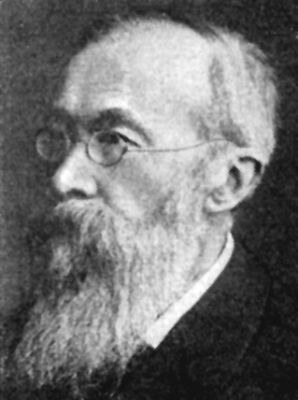The book was called Sway: The Irresistible Pull of Irrational Behavior. To summarize it, it's a book that uses psychology, behavior, and some economics to answer and explain what exactly it is that causes people to make irrational or illogical decisions.

I thought it was interesting for a while, but probably somewhere around the halfway point, I started to lose interest in it, and the book started to become pretty repetitive.
Although, one example that really stood out to me was one that involved Harvard students and a Harvard professor. At the beginning of each semester, Professor Bazerman holds an auction for a $20 bill. It sounds pretty redundant but this auction is different than the average one. The bids start out at $1 and every next bid has to go up by $1, the reason this auction is different than most, is because both the winner of the auction and the runner up must pay however much their bid was for. The hands go up fast in the beginning but around the $12-$16 mark is where the story becomes interesting. At this point, the students have realized they aren't the only ones with the great idea and this is also where the top 2 bidders get into a heated gridlock. Realizing that if they win, their loss will be less, each person bids and bids and according to the book, Professor Bazerman once sold a $20 for exactly $204. The explanation for this is that "students are pulled by both the momentum of the auction and the looming loss if they back down-a loss that is growing greater by the bid. The two forces, in turn, feed off each other."

























